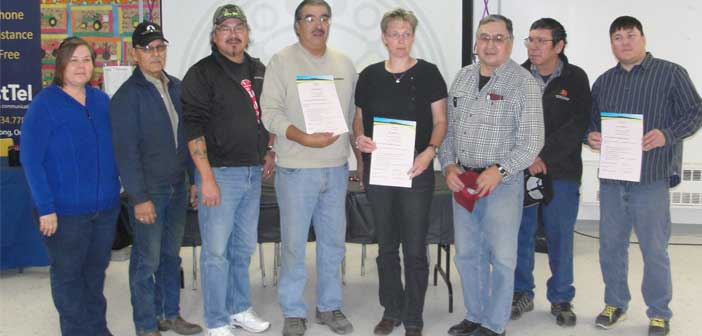Nutrient management eLearning courses
We heard your requests! OMAFRA has online nutrient management courses! Our training courses give learners the tools to safely manage nutrients while protecting the environment. Take our courses to become a government-certified nutrient management planner or consultant. Our eLearning format allows you to learn on your own time and at your own pace. The newest eLearning course—Introduction to Nutrient Management—provides a basic understanding of nutrient management best management practices. This course will be of interest to a wider audience beyond those who require certification. Contact the University of Guelph Ridgetown Campus for more information: Toll Free: 1-855-648-1444 or Email: mmcdonal@uoguelph.ca
Frame’s effect on cattle
For most cattlemen, cow maintenance costs are the major production cost for the cow herd. Larger-framed cattle weigh more at maturity and therefore have higher maintenance needs. These cattle will need to have additional growth genetics to generate increased income to offset the increased cow feed cost. This cost/return balance is important to determine management systems. For example, if larger feeder calves are desired and replacement heifers are retained, it may result in larger mature cows that will increase feed costs, or if feed resources are not increased, the herd’s reproductive performance will suffer.
Frame’s effect on feedlot performance and carcass weight: As a general rule, larger-framed cattle tend to grow at a faster rate when striving to reach their optimum heavier finish weight. Therefore, large-framed cattle require greater amounts of feed and have greater expenses due to longer growing periods in the feedlot. The real problem occurs when cattle of varying frames are fed together to a constant endpoint. The average of the group will meet a desirable finish, but there may be a large percentage of over- and under-finished cattle in the group. Grouping cattle according to type going into the feedlot or sorting the cattle out as they finish is essential in producing a uniform, acceptable product.




